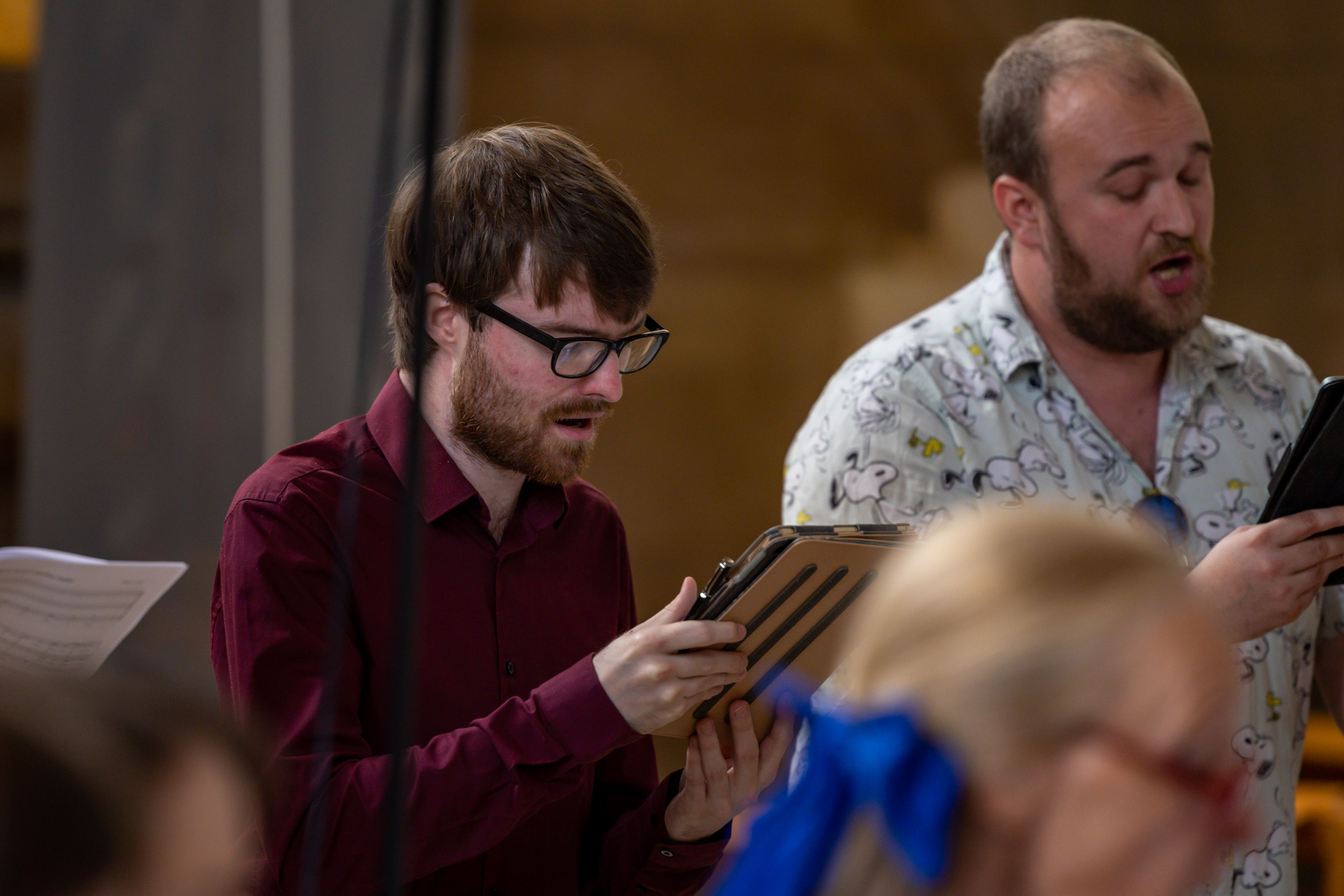Massaino was probably born in Cremona around 1550. Little else is known about the Massaino family, except that he had a brother named Luke, head of the Venetian soldiers in Crete. Massaino entered the Augustinian order of the Aelongsian Eremitani, probably in the Piacenza convent of Santa Lorenzo at a young age and by 1571 was in Rome, in charge of the musicorum praefectus in Santa Maria del Popolo. Massaino appears to have met Paolo Orsini in Venice, as well as two other Augustinian musicians, Ludovico Zacconi and Ippolito Baccusi. In 1579 he was commissioned to curate a collection of madrigals to celebrate the wedding of Bianca Capello and Francesco de’ Medici. This included pieces by Massaino, as well as Claudio Merulo, Baldassarre Donati, Orazio Vecchi, Philippe de Monte and Alessandro Striggio. In the following years the Massaino worked in the Venetian Republic and then the Duchy of Milan at Lodi. In 1580 he produced a second book of the Sacri cantus quinque paribus vocibus. During the middle of 1585 he was given a three year contract as master of the chapel of the cathedral of Salò. The contract, however, was dissolved in advance, and Massaino temporarily went to Constantinople.
In mid-1587 he published a third book of madrigals for five voices and the Secundus liber missarum quinque vocibus. He then seems to have worked in Salzburg as a cantor and master of chapel music at the court of Archduke Ferdinand II. Massaino was accused of having attempted to attract singers from Innsbruck to Salzburg and, in October 1591, was also accused of sodomy and given a prison sentence. Massaino travelled to Prague where he met, amongst others, Philippe de Monte and dedicated to him the Liber primus cantionum ecclesiasticarum. He subsequently appears to have struggled to find a permanent job and returned to Italy, where he worked in Cremona. In the years 1598-99 he was a choirmaster in Piacenza. Around 1600 he took on a similar assignment at the cathedral of Lodi, but after 1609 there is no news of his location.
In his lifetime Massaino travelled very widely and published thirty four musical collections, a large number compared to contemporary composers. He came into contact with a wide range of music, and this is reflected within a music which extended towards an early Baroque style. He wrote numerous sacred pieces, as well as a large collection of madrigals and two sets of canzonas. The O Beata Virgo Maria is a setting of a text which uses a sermon of Fulbert of Chartres. It has six distinct sections, which utilise a range of vocal forces.
